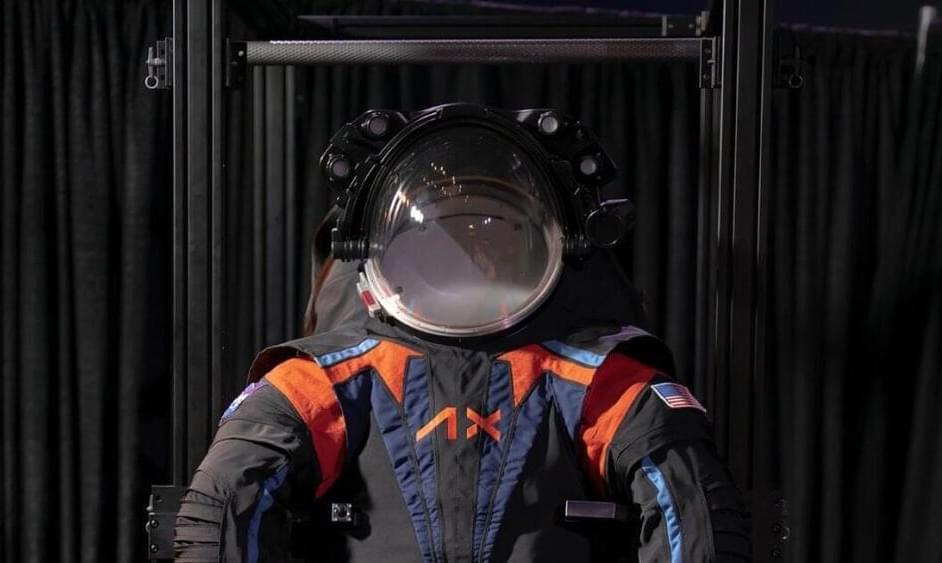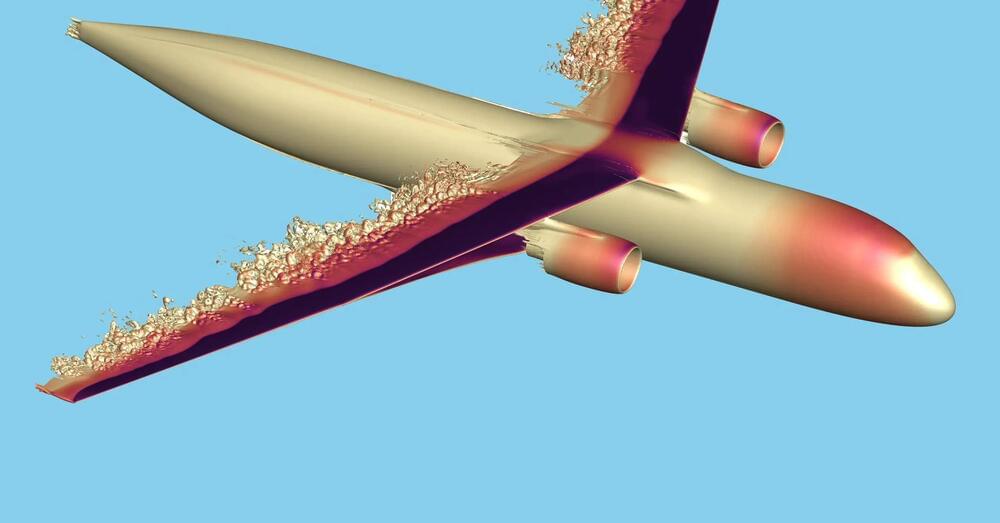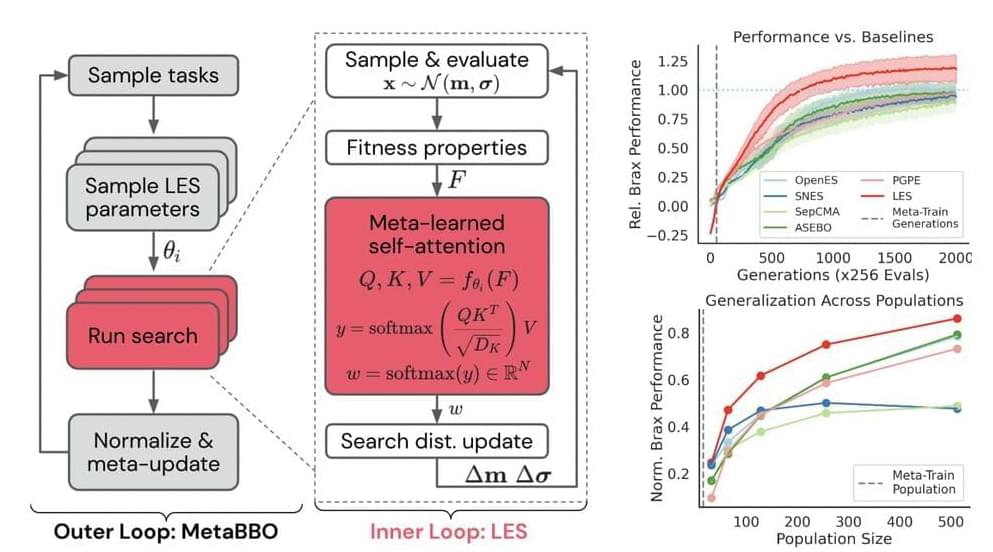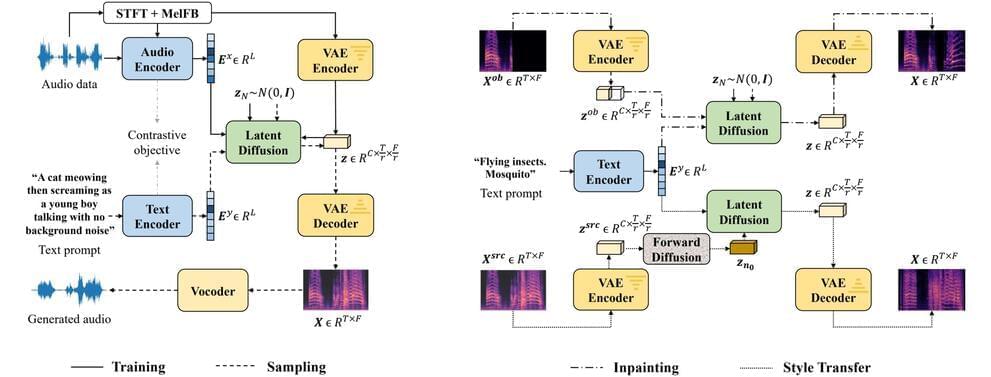SpaceEngine is Google Earth meets No Man’s Sky in the best way.
Category: space – Page 330

NASA Reveals the Spacesuit Astronauts Will Wear on the Moon
The Axiom Extravehicular Mobility Unit (AxEMU) spacesuit is designed to enhance mobility and offer extra protection from hazards on the Moon. The prototype is dark gray in color, but NASA’s Johnson Space Center confirmed in a tweet (Opens in a new window) that the final design is probably going to be “all-white.”
Axiom Space, which last year snagged a $228.5 million contract to deliver a “moonwalking system,” will continue innovating the suit’s life support systems, pressure garments, and avionics ahead of NASA’s scheduled 2025 trip to the lunar South Pole.


A Future Aircraft Designed Using Advanced Supercomputing at NASA
No, it’s not hypermodern art. This image, generated by NASA
Established in 1958, the National Aeronautics and Space Administration (NASA) is an independent agency of the United States Federal Government that succeeded the National Advisory Committee for Aeronautics (NACA). It is responsible for the civilian space program, as well as aeronautics and aerospace research. Its vision is “To discover and expand knowledge for the benefit of humanity.” Its core values are “safety, integrity, teamwork, excellence, and inclusion.” NASA conducts research, develops technology and launches missions to explore and study Earth, the solar system, and the universe beyond. It also works to advance the state of knowledge in a wide range of scientific fields, including Earth and space science, planetary science, astrophysics, and heliophysics, and it collaborates with private companies and international partners to achieve its goals.

How a Beam of Pellets Could Blast a Probe Into Deep Space
It’s a theoretical concept, but realistic enough that NASA’s Innovative Advanced Concepts program has given Davoyan’s group $175,000 to show that the technology is feasible. “There’s rich physics in there,” says Davoyan, a mechanical and aerospace engineer at UCLA. To create propulsion, he continues, “you either throw the fuel out of the rocket or you throw the fuel at the rocket.” From a physics perspective, they work the same: Both impart momentum to a moving object.
His team’s project could transform long-distance space exploration, dramatically expanding the astronomical neighborhood accessible to us. After all, we’ve only sent a few robotic visitors to scope out Uranus, Neptune, Pluto, and their moons. We know even less about objects lurking farther away. The even smaller handful of NASA craft en route to interstellar space include Pioneer 10 and 11, which blasted off in the early 1970s; Voyager 1 and 2, which were launched in 1977 and continue their mission to this day; and the more recent New Horizons, which took nine years to fly by Pluto in 2015, glimpsing the dwarf planet’s now famous heart-shaped plain. Over its 46-year journey, Voyager 1 has ventured farthest from home, but a pellet-beam-powered craft could overtake it in just five years, Davoyan says.
He takes inspiration from Breakthrough Starshot, a $100 million initiative announced in 2016 by Russian-born philanthropist Yuri Milner and British cosmologist Stephen Hawking to use a 100-gigawatt laser beam to blast a miniature probe toward Alpha Centauri. (The star nearest our solar system, it resides “only” 4 light-years away.) The Starshot team is exploring how they could hurl a 1-gram craft attached to a lightsail into interstellar space, using the laser to accelerate it to 20 percent of the speed of light, which is ludicrously fast and would reduce travel time from millennia to decades. “I’m increasingly optimistic that later this century, humanity’s going to be including nearby stars in our reach,” says Pete Worden, Breakthrough Starshot’s executive director.

How Can Meta-Learning, Self-Attention And JAX Power The Next Generation of Evolutionary Optimizers?
Black box optimization methods are used in every domain, from Artificial Intelligence and Machine Learning to engineering and finance. These methods are used to optimize functions when an algebraic model is absent. Black box optimization looks into the design and analysis of algorithms for those problem statements where the structure of the objective function or the limitations defining the set is not known or explainable. Given a set of input parameters, black box optimization methods are designed to evaluate the optimal value of a function. This is done by iteratively assessing the function at multiple points in the input space so as to find the point that generates the optimal output.
Though gradient descent is the most used optimization approach for deep learning models, it is unsuitable for every problem. In cases where gradients cannot be calculated directly or where an objective function’s accurate analytical form is unknown, other approaches like Evolution Strategies (ES) are used. Evolution strategies come from evolutionary algorithms, which refer to a division of population-based optimization algorithms inspired by natural selection. Basically, Evolution Strategies (ES) is a type of Black Box Optimization method that operates by refining a sampling distribution based on the fitness of candidates and updating rules based on equations.
In a new AI paper, researchers from Deepmind, have introduced and developed a new way to use machine learning to learn the update rules from data, called meta-black-box optimization (MetaBBO), to make ES more flexible, adaptable, and scalable. MetaBBO works by meta-learning a neural network parametrization of a BBO update rule. The researchers have used MetaBBO to discover a new type of ES called learned evolution strategy (LES). The learned evolution strategy LES is a type of Set Transformer that updates its solutions based on the fitness of candidates and not depending upon the ordering of candidate solutions within the Black box evaluations. After meta-training, the LES can learn to choose the best-performing solution or update solutions based on a moving average.

An energy-efficient text-to-audio AI
Generative artificial intelligence (AI) systems will inspire an explosion of creativity in the music industry and beyond, according to the University of Surrey researchers who are inviting the public to test out their new text-to-audio model.
AudioLDM is a new AI-based system from Surrey that allows users to submit a text prompt, which is then used to generate a corresponding audio clip. The system can process prompts and deliver clips using less computational power than current AI systems without compromising sound quality or the users’ ability to manipulate clips.
The general public is able to try out AudioLDM by visiting its Hugging Face space. Their code is also open-sourced on GitHub with 1000+ stars.
What If Space & Time Are Created By Our Brains?
PBS Member Stations rely on viewers like you. To support your local station, go to: http://to.pbs.org/DonateSPACE
Sign Up on Patreon to get access to the Space Time Discord!
https://www.patreon.com/pbsspacetime.
Physics is the business of figuring out the structure of the world. So are our brains. But sometimes physics comes to conclusions that are in direct conflict with concepts fundamental to our minds, such as the realness of space and time. How do we tell who’s correct? Are time and space objective realities or human-invented concepts?
Check out the Space Time Merch Store.
https://www.pbsspacetime.com/shop.
Sign up for the mailing list to get episode notifications and hear special announcements!
https://mailchi.mp/1a6eb8f2717d/spacetime.
Search the Entire Space Time Library Here: https://search.pbsspacetime.com/


To Save Physics, Experts Suggest We Need to Assume The Future Can Affect The Past
In 2022, the physics Nobel prize was awarded for experimental work showing that the quantum world must break some of our fundamental intuitions about how the Universe works.
Many look at those experiments and conclude that they challenge “locality” – the intuition that distant objects need a physical mediator to interact. And indeed, a mysterious connection between distant particles would be one way to explain these experimental results.
Others instead think the experiments challenge “realism” – the intuition that there’s an objective state of affairs underlying our experience. After all, the experiments are only difficult to explain if our measurements are thought to correspond to something real.